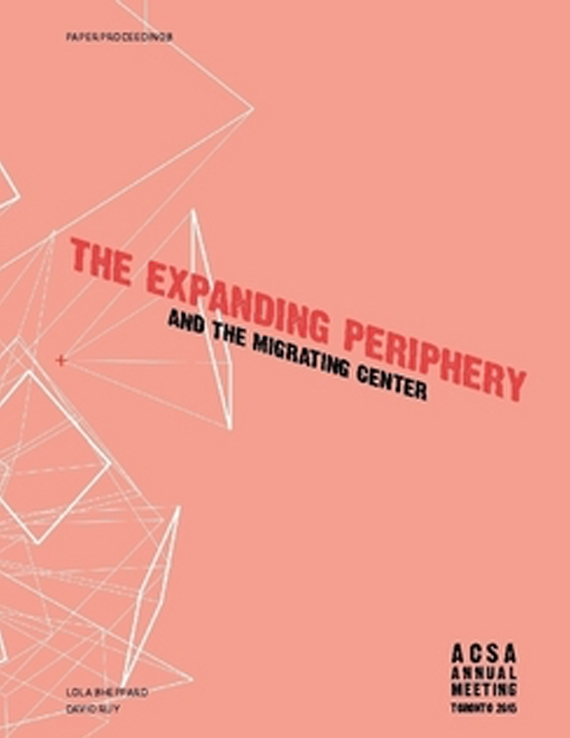Author(s): Dana Cupkova
The discipline of architecture constructs itself between the twinned poles of art and science, producing schizophrenic tendencies of acute ambivalence towards the determinacy of the quanta and the ineffability of the sublime. This paper examines how quantitative methods, which have traditionally served as a kind of limit function in engineering and the construction of built form, can be used generatively as a search algorithm within a stochastic domain in an effort to reintegrate the function of ecology within the built environment. Our means of proceeding with technology depend fundamentally on our approach to the problem, an epistemological question, the positing of which predetermines our answer. When we look at technology as apart or disconnected from environmental processes, we create a cognitive landscape with a limited horizon, envisioning the world as a series of problems to be solved sequentially. When we see technology as fundamentally connected to other intrinsic natural processes, our horizon broadens and we see our role not so much as engineers or problem solvers but in more general terms as orchestrators, hydrologists, managers – redirectors of material and energetic flows. This paper discusses a design approach situated in the framework of natural history. The historical context offers raw material – the disciplinary norm – in the form of types, organizations, systems, or processes, from which, through code, the new adaptations evolve.The goal is to negotiate the tension between the notion of non-determinism of design processes, and ‘metrics’: deterministic loops of use quantitative data within specific subroutines. Within the current computation paradigm, the dichotomy of deterministic and non-deterministic processes is becoming increasingly critical. The goal is to undermine this dichotomy by showing the particular design ideology that navigates the interpretation of data sets through the lens of cultural ecology and the metrics of bioprocessing into a continues gradient.
Volume Editors
David Ruy & Lola Sheppard
ISBN
978-0-935502-95-4

 Study Architecture
Study Architecture  ProPEL
ProPEL 
